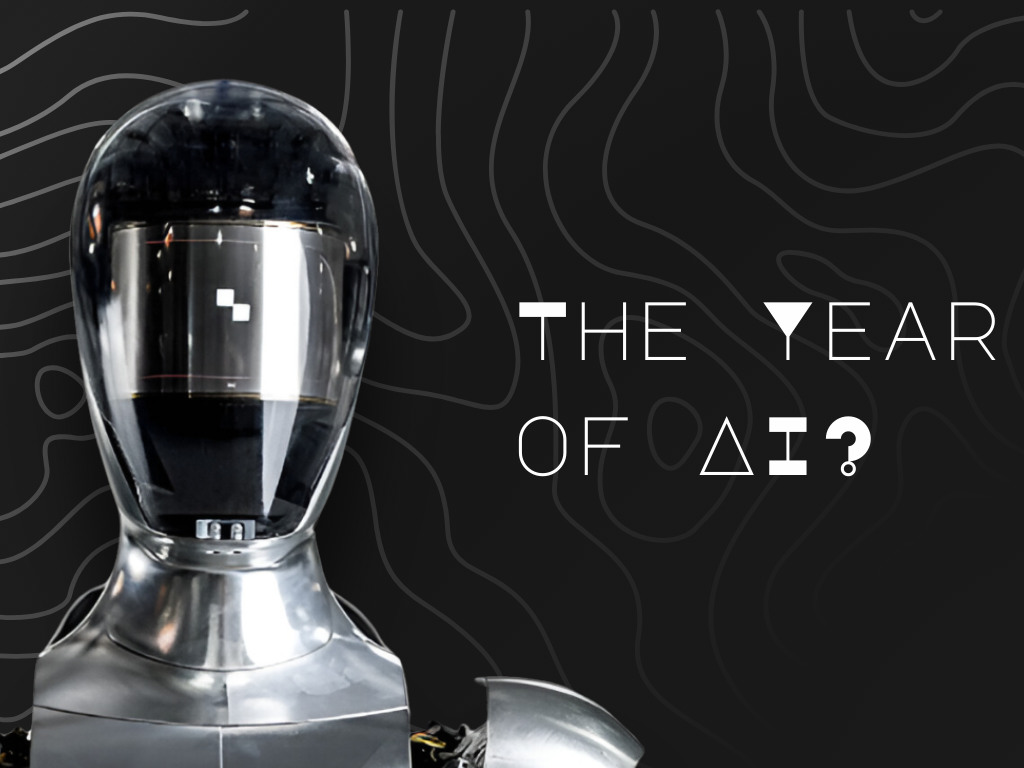As we navigate through the early months of 2024, we find ourselves at the cusp of a technological renaissance, particularly in the field of Artificial Intelligence. The year has already been marked by groundbreaking announcements from industry giants at events such as OpenAI’s Keynote and Google I/O. We are starting to see a future brimming with potential. Reflecting on the journey of AI, we recall its humble beginnings with voice assistants like Siri. These revolutionized our interaction with technology, enabling us to command our devices using nothing but our voice. This innovation sent ripples through our society and redefined the realm of possibility.
The unveiling of OpenAI’s ChatGPT was a pivotal moment that ignited a global fascination with AI. ChatGPT had an uncanny ability to converse on a near-human level, capturing the imaginations of millions worldwide. Fast forward to 2024. The landscape is dotted with sophisticated multi-modal AIs crafted by pioneers such as Anthropic, Google, and OpenAI. These versatile systems, capable of understanding and interacting through various forms of input, are not just technological marvels, but also catalysts for innovation in business and beyond.
Companies are swiftly integrating these advanced AI systems into their operations, seeking the competitive edge that such technology promises. The integration of AI is transforming industries, streamlining processes, and opening new avenues for growth and customer engagement. The pace at which these advancements are being adopted is unprecedented, and it’s clear that AI is no longer a mere tool, rather a fundamental component of modern business strategy.
Generative AI at Google I/O 2024
At Google I/O 2024, the emphasis on the transformative impact of Generative AI was particularly notable. Google’s flagship product, Gemini, and its enhancements were a focal point. The Gemini 1.5 Flash is designed for large-scale applications, while AI Studio and Vertex AI offer a million-token context window. Gemini 1.5 Pro can summarize extensive documents and oversee large code bases or video footage. Additionally, Project Astra, an AI agent akin to Microsoft’s Co-pilot, offers a scalable platform for developers to build AI-powered applications without massive computational resources. Gemini’s integration with Google Workspace aids in summarizing emails, analyzing data in Sheets, and assisting students with notes and homework. These advancements showcase Google’s commitment to integrating AI across its products and services, aiming to enhance user experience and developer capabilities.
OpenAI and Figure Partnership: A Leap in Humanoid Robotics
OpenAI is collaborating with Figure, a humanoid robot company, to enhance robots’ ability to work alongside humans and engage in conversations. Figure has raised $675 million in funding and is developing a general-purpose humanoid robot that can perform tasks autonomously, like carrying crates or navigating uneven terrain. This partnership aims to improve the robots’ semantic understanding and ability to process language, potentially allowing them to take verbal commands and learn from their mistakes.
In a recent demonstration, Figure showcased its Figure 01 robot performing a series of tasks autonomously. The robot was shown identifying objects, responding to verbal commands, and carrying out tasks such as picking up an apple and disposing of trash. This watch-and-learn capability means the robot can perform tasks by observing humans, a significant step towards greater autonomy. The demonstration highlighted the robot’s ability to communicate naturally with humans, describing its actions and reasoning, which adds a layer of interaction previously unseen in humanoid robots.
The integration of advanced AI models into humanoid robots represents a significant step forward in robotics, potentially transforming how we interact with machines in various work environments. While there are still challenges to overcome, such as ensuring safety and flexibility in complex tasks, the future of general-purpose robots lies in AI learning and development.
Introducing GPT-4o: The Next Leap in AI
In addition to these advancements, OpenAI has recently introduced GPT-4o, their newest flagship model. GPT-4o provides GPT-4-level intelligence but is much faster and improves on its capabilities across text, voice, and vision. It excels at understanding and discussing images, enabling users to take a picture of a menu in a different language, translate it, learn about the food’s history, and get recommendations. Future improvements will include more natural, real-time voice conversation and the ability to converse with ChatGPT via real-time video.
GPT-4o is also designed to handle a combination of text, audio, and video inputs, and can generate outputs in text, audio, and image formats. This makes it highly versatile and useful for a wide range of applications. OpenAI is beginning to roll out GPT-4o to ChatGPT Plus and Team users, with availability for Enterprise users coming soon. Free users will also get access with some usage limits.
Conclusion: The Future of AI and Robotics
The evolution of AI from a novel feature on our smartphones to an indispensable asset across multiple sectors is a testament to human ingenuity and foresight. As we continue to push the boundaries of what AI can achieve, we are not just witnessing the growth of a technology but the shaping of our future. The year 2024 is just the beginning, and the advancements we see today are harbingers of the transformative changes yet to come. In this era of AI, we stand on the brink of a new world, one where artificial intelligence is interwoven with every aspect of our lives, enhancing our capabilities and propelling us towards an era of boundless potential.







